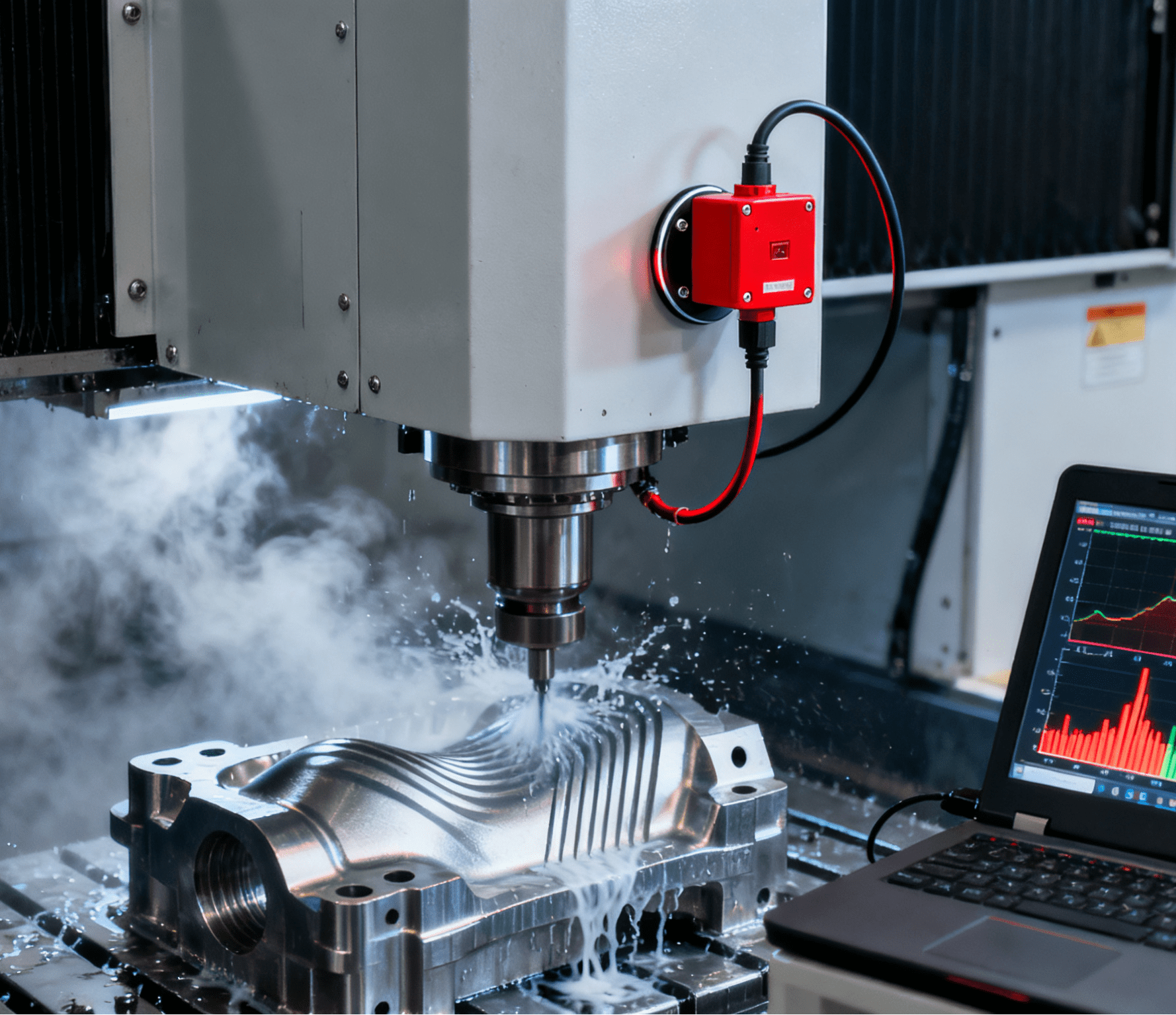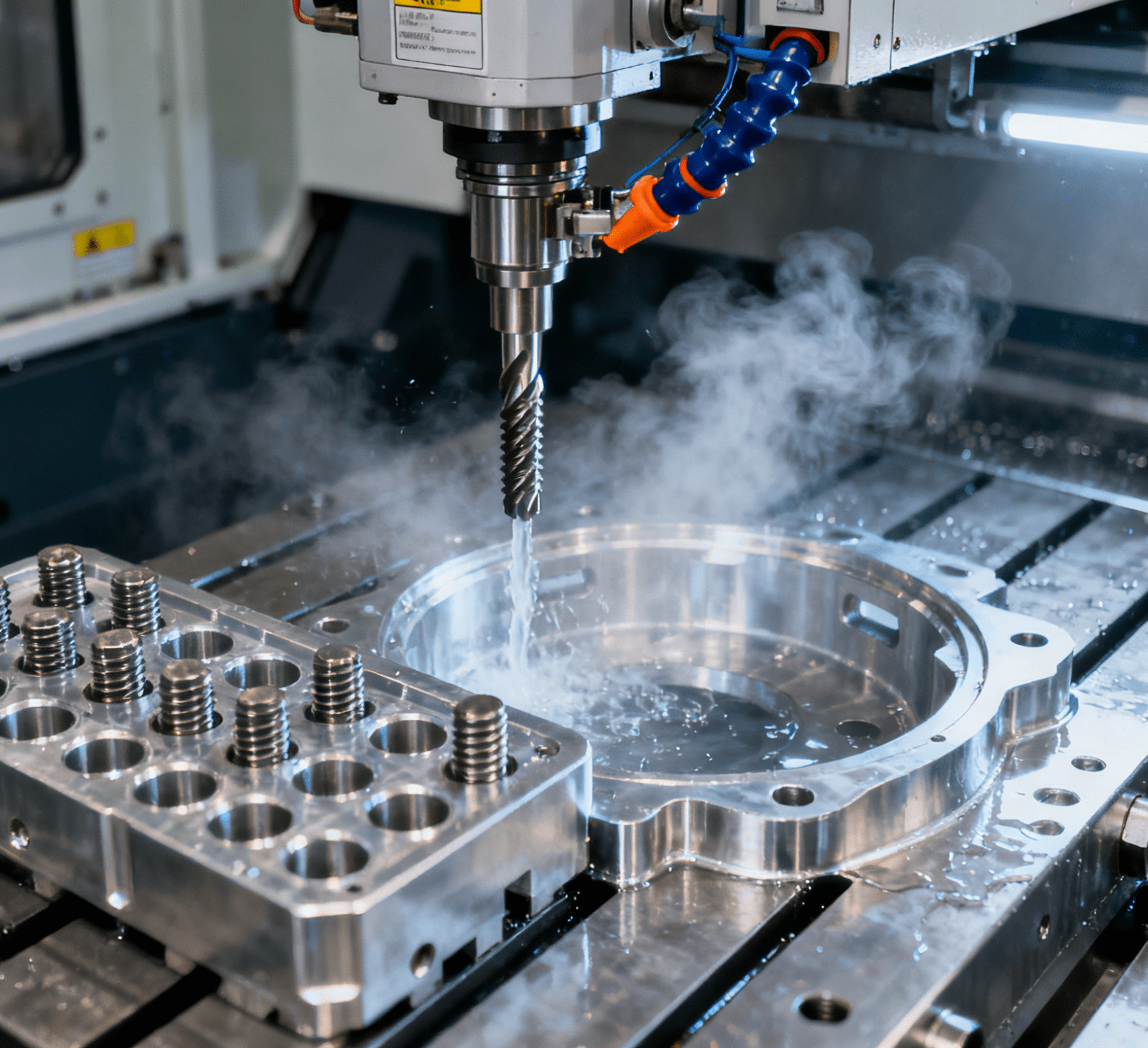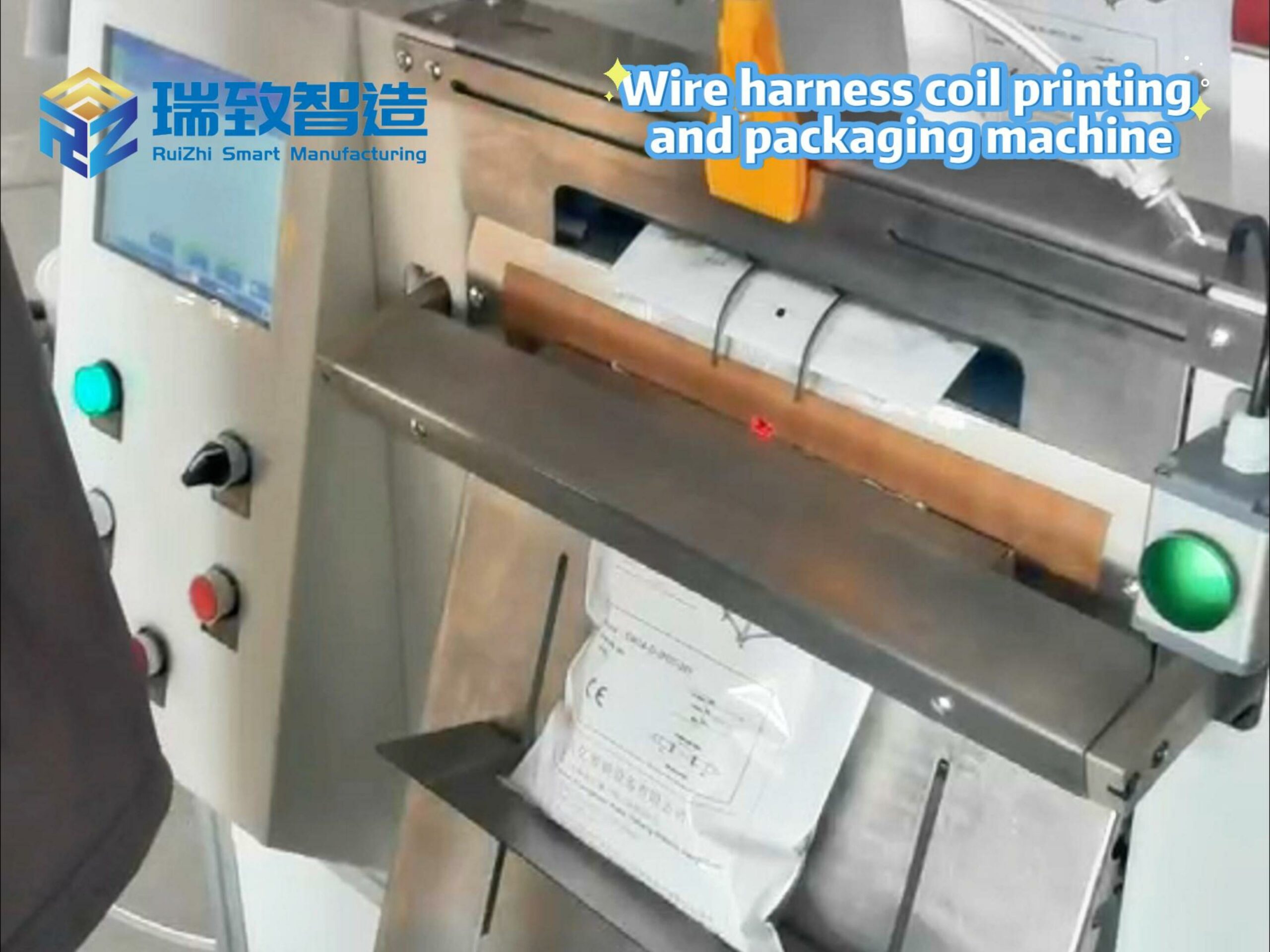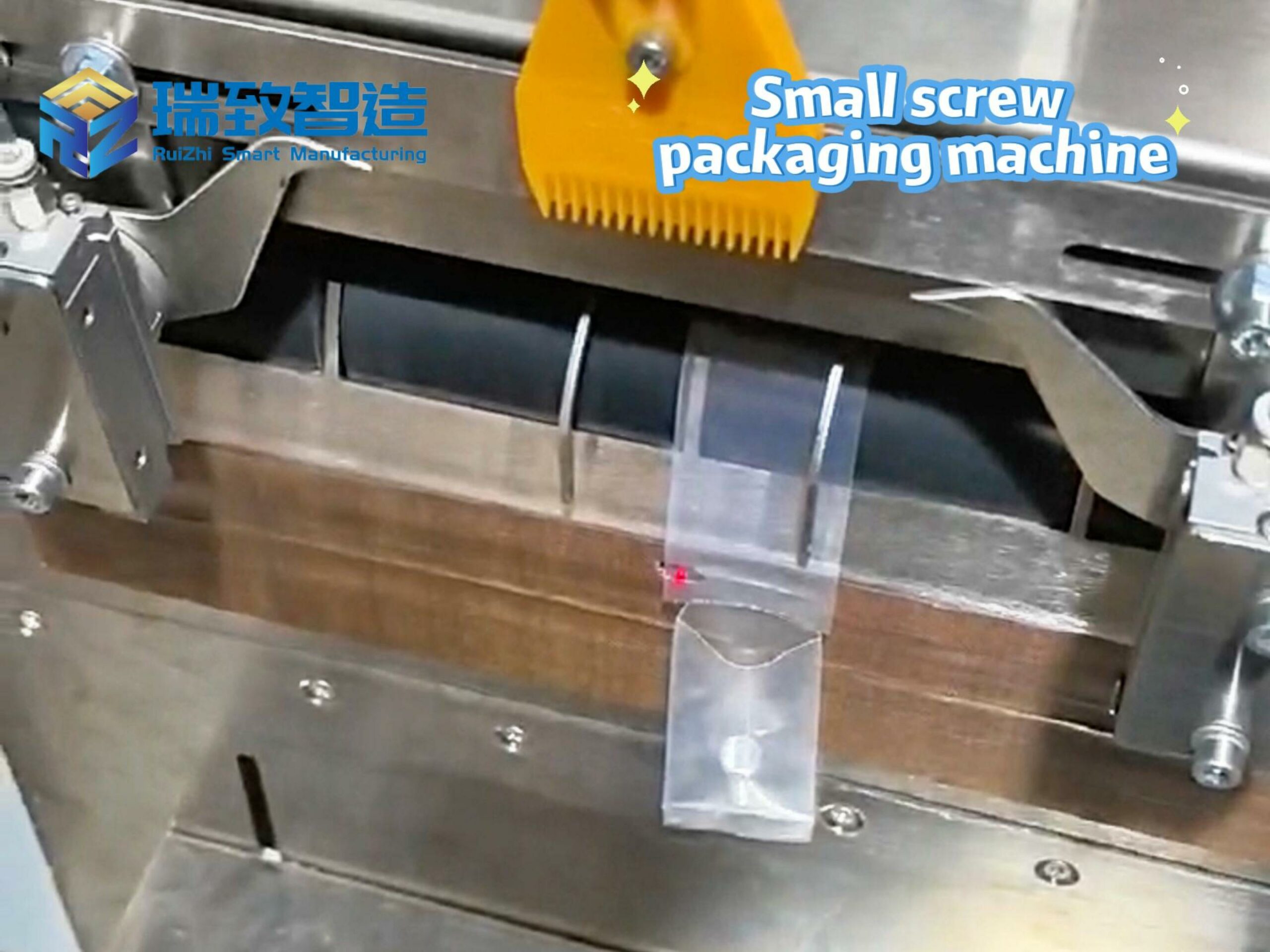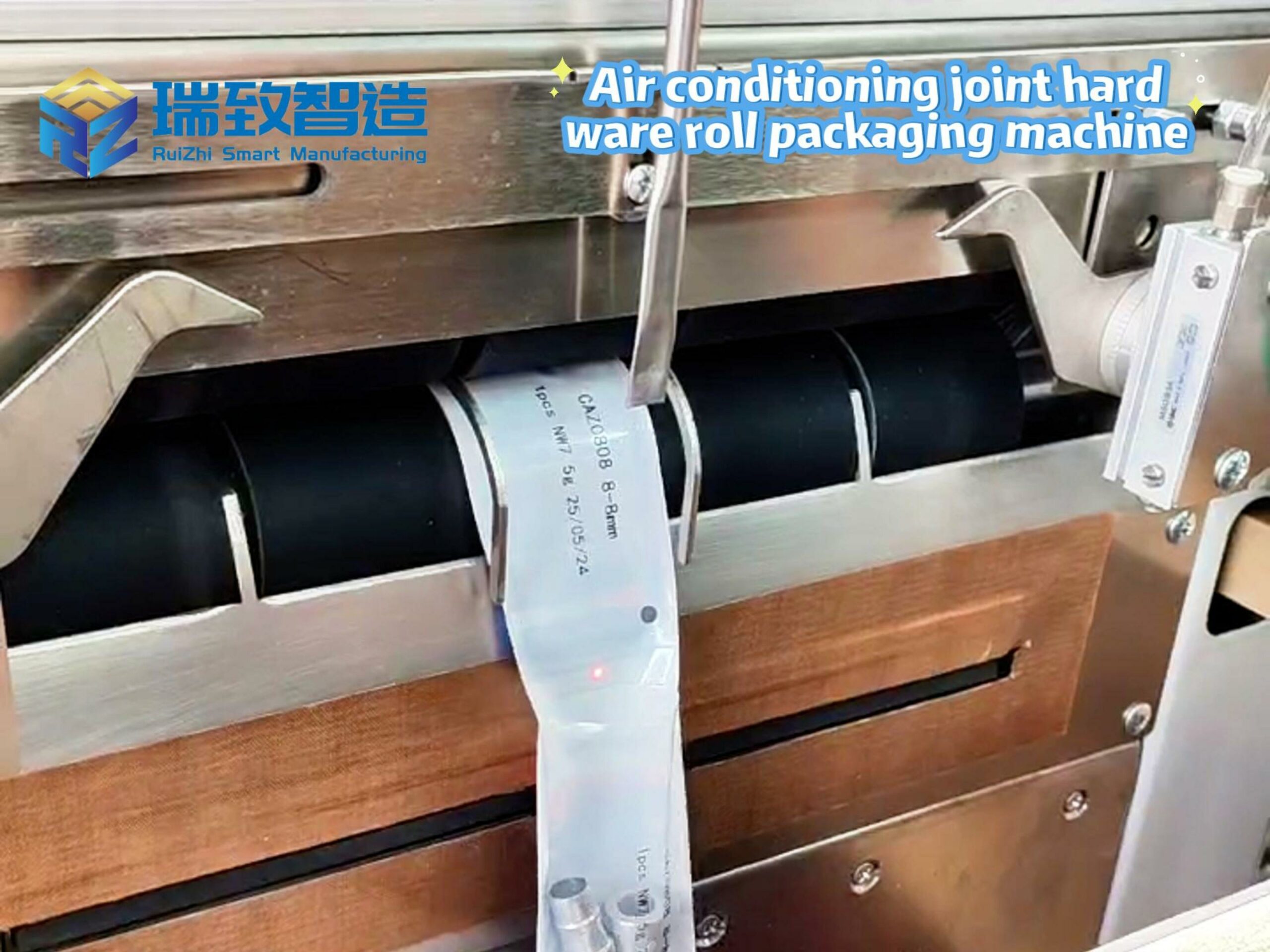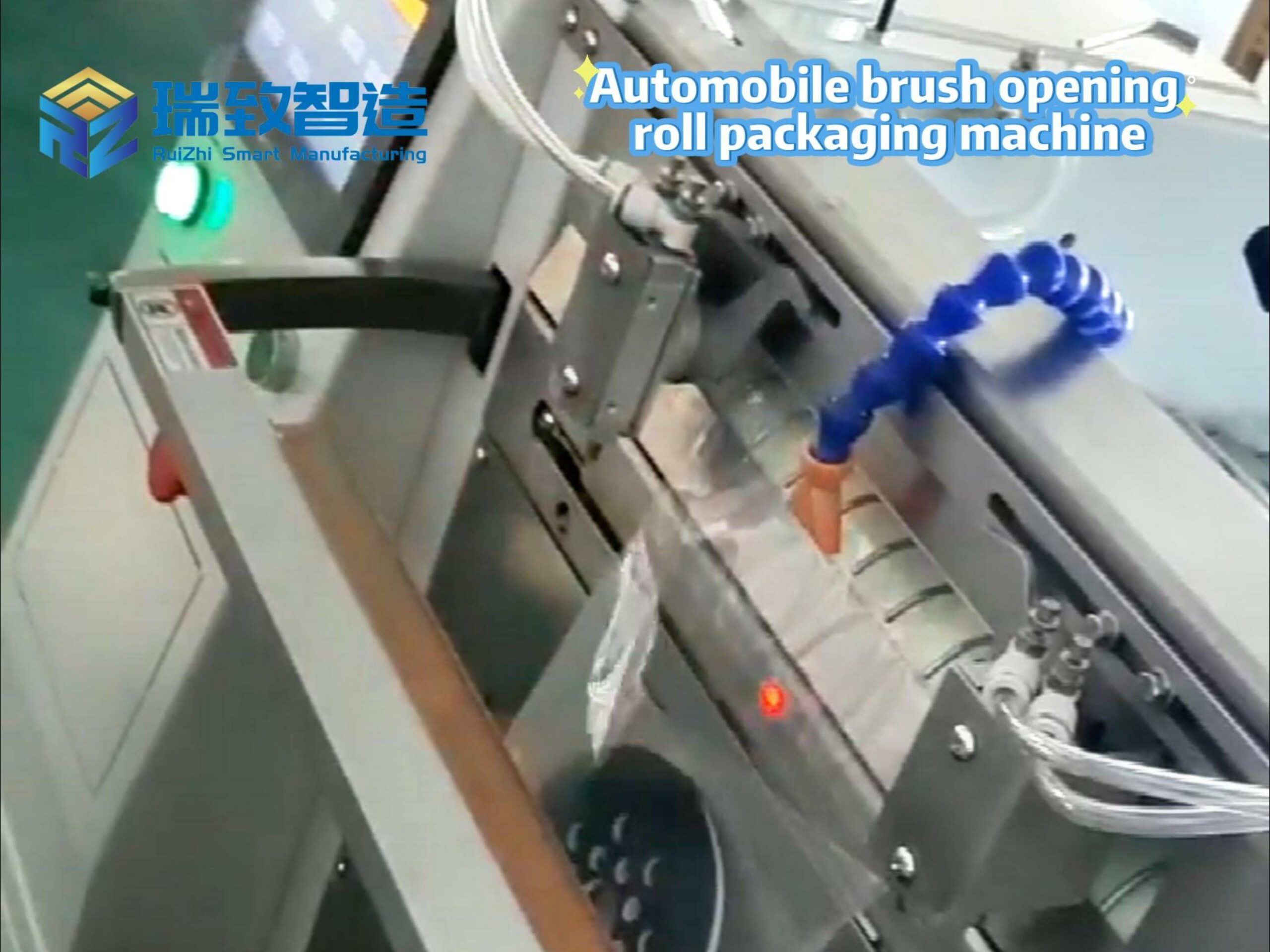In the age of Industry 4.0, where consumer demands shift overnight and global supply chains resemble a complex puzzle, manufacturing’s greatest challenge is no longer maximizing output—it’s mastering adaptability. Flexible Automation Systems (FAS) have emerged as the linchpin of this new era, transforming factories from rigid, single-purpose machines into dynamic ecosystems capable of producing everything from custom smartphones to personalized medical devices with equal efficiency. This article explores how FAS is redefining industrial productivity, the technologies powering its rise, and why it’s becoming the cornerstone of competitive manufacturing.
Table of Contents
ToggleThe Essence of Flexible Automation Systems
At its core, a Flexible Automation System is an integrated network of hardware, software, and intelligent algorithms designed to adapt quickly to changing production needs without sacrificing precision or efficiency. Unlike traditional “fixed automation” (think assembly lines built to produce one car model for a decade), FAS thrives on variability: it can switch between product variants in minutes, scale production up or down based on real-time demand, and even reconfigure workflows to accommodate new manufacturing processes—all while maintaining high quality and minimizing waste.
Key Attributes That Define FAS
- Rapid Changeover: Through modular tooling, pre-programmed robot paths, and advanced vision systems, FAS reduces product switch times from hours to minutes. For example, a electronics manufacturer using FAS can transition from assembling a 6-inch tablet to a 12-inch laptop in under 15 minutes.
- Scalable Capacity: FAS adjusts production volume dynamically. A food packaging plant, for instance, can ramp up snack production by 50% during holiday seasons and scale back during lulls, all without adding permanent equipment.
- Process Versatility: Open architecture design allows FAS to integrate new technologies—such as 3D printers for prototyping or AI-powered quality checks—without overhauling the entire system.
- Data-Driven Adaptation: Sensors and IoT connectivity feed real-time data into FAS, enabling it to self-optimize. If a machine’s performance dips, the system can reroute tasks to other robots or adjust parameters to maintain output.
The Technology Ecosystem Behind FAS
FAS is not a single technology but a symphony of innovations working in harmony. Its power lies in how these components—from hardware to software—communicate and collaborate:
1. Hardware: The Muscles of Flexibility
- Collaborative Robots (Cobots): Unlike industrial robots confined to cages, cobots (e.g., ABB YuMi, Fanuc CRX-10iA) work alongside humans, using force-torque sensors to handle delicate tasks like inserting microchips or assembling surgical tools. Their ability to learn new tasks via teach pendants or even hand-guiding makes them ideal for small-batch production.
- Adaptive Grippers and End-Effectors: Equipped with vacuum cups, magnetic attachments, or multi-fingered designs, these tools adjust to different part shapes. A single gripper can handle a plastic bottle, a metal bracket, and a glass vial by reconfiguring its grip strength and position.
- Autonomous Mobile Robots (AMRs): These self-navigating robots (e.g., Locus Robotics, OTTO Motors) transport materials between workstations, using LiDAR and SLAM technology to avoid obstacles. In warehouses, AMRs dynamically reroute to bypass congestion, ensuring a steady flow of parts to the production line.
- Modular Conveyors: Interchangeable belt segments and adjustable speeds allow conveyors to handle varying product sizes, from tiny circuit boards to large appliances, without manual reconfiguration.
2. Software: The Brain of Decision-Making
- Manufacturing Execution Systems (MES): Acting as the central nervous system, MES (e.g., Siemens SIMATIC IT, Rockwell FactoryTalk) syncs orders with production, triggering robot programs, adjusting schedules, and alerting operators to bottlenecks. For a cosmetics brand, MES might prioritize a rush order for a new lipstick shade by reallocating cobots from another line.
- Digital Twins: Virtual replicas of the production line simulate how new products or processes will perform before physical implementation. A automotive manufacturer, for example, can test a new car door assembly sequence in the digital twin, reducing physical trial-and-error by 40%.
- AI and Machine Learning: Algorithms analyze historical data to predict maintenance needs, optimize robot paths, and even suggest process tweaks. A semiconductor plant using AI in FAS reduced defects by 25% by identifying subtle patterns in temperature fluctuations that humans missed.
- Cloud and Edge Computing: Cloud platforms aggregate data from multiple FAS sites, enabling cross-factory optimization, while edge computing processes data locally for real-time decisions—critical for time-sensitive tasks like quality inspections.
3. Sensing and Connectivity: The Nerves of Awareness
- 3D Vision Systems: Cameras with sub-millimeter precision (e.g., Cognex VisionPro, Keyence IV2 Series) identify product variants, check for defects, and guide robots to pick parts from unstructured bins—eliminating the need for rigid part fixturing.
- IoT Sensors: Embedded in machines, these sensors track temperature, vibration, energy usage, and throughput. Data from these sensors feeds into predictive maintenance models, flagging issues like a failing motor bearing before it causes downtime.
- 5G and OPC UA: High-speed, low-latency 5G connectivity ensures seamless communication between devices, while OPC UA (a universal communication protocol) breaks down silos between different brands of robots, PLCs, and software—critical for integrating legacy equipment with new FAS components.
Real-World Applications: FAS in Action Across Industries
Flexible Automation Systems are revolutionizing production across sectors, proving their value in diverse environments:
Automotive: From Mass Production to Mass Customization
Traditional auto plants built one model at a time, but FAS enables “mixed-model” lines. A European automaker’s electric vehicle (EV) factory uses FAS to produce 12 variants of a single car model—differing in battery size, interior trim, and software packages—on the same line. Robots equipped with 3D vision adjust their welding paths based on the variant, while AMRs deliver unique parts to each station. The result: a 30% reduction in changeover time and the ability to fulfill custom orders in 2 weeks instead of 2 months.
Electronics: Taming the Pace of Innovation
In consumer electronics, where product lifecycles shrink to 6–12 months, FAS is a game-changer. A smartphone manufacturer in Asia uses cobots with adaptive grippers to assemble 20+ phone models, from budget devices to premium flagships. AI-powered vision systems inspect each screen for micro-scratches, while MES integrates with suppliers to ensure just-in-time delivery of unique components like camera modules. This flexibility has cut time-to-market by 40% and reduced excess inventory by 25%.
Medical Devices: Precision in Small Batches
Medical device production demands strict compliance and precision, often for low-volume, high-variety products. A U.S.-based company making insulin pens uses FAS to produce 50+ variants (different doses, materials, needle types). Cobots with force control apply exact pressure when inserting needles, ensuring no leaks, while digital twins validate each variant’s assembly process against FDA standards. Small-batch runs that once cost $50,000 now cost $20,000, making personalized medical devices accessible to more patients.
Food and Beverage: Catering to Diverse Tastes
Consumer demand for artisanal and dietary-specific foods (gluten-free, vegan, organic) has exploded, and FAS helps manufacturers keep up. A snack company uses modular packaging lines to produce 10 types of chips—from classic potato to kale—with different bag sizes and labels. AMRs deliver pre-measured ingredients to mixing stations, while vision systems check for proper sealing. The line can switch between flavors in 10 minutes, allowing the company to test new flavors with small runs before scaling up.
Advantages Over Traditional Automation
FAS outperforms rigid automation in key metrics that matter most to modern manufacturers:
| Metric | Traditional Rigid Automation | Flexible Automation Systems |
| Product Variants per Line | 1–2 | 10–100+ |
| Changeover Time | Hours to days | Minutes (5–30 minutes) |
| Labor Efficiency | Replaces human labor | Augments human labor (cobots + workers) |
| Scalability | Fixed capacity (hard to expand) | Dynamic (30–150% of baseline capacity) |
| Waste Reduction | High scrap from retooling | Low scrap (precise, data-driven processes) |
| ROI Timeline | 5–7 years (high volume required) | 3–5 years (works for small batches) |
Challenges and Strategies for Adoption
While FAS offers immense benefits, adoption isn’t without hurdles:
1. High Initial Investment
FAS can cost 2–3 times more upfront than rigid systems, deterring small and medium enterprises (SMEs). Solution: Phased implementation—start with high-impact areas like assembly or packaging, then expand. Many vendors also offer leasing options or “robot-as-a-service” (RaaS) models to reduce upfront costs.
2. Integration Complexity
Merging new FAS components with legacy equipment (e.g., a 20-year-old CNC machine) can create compatibility issues. Solution: Use middleware or open protocols like OPC UA to bridge communication gaps. System integrators specializing in FAS (e.g., System Insights, Applied Manufacturing Technologies) can also design custom interfaces.
3. Skills Gap
Operating FAS requires expertise in robotics, AI, and data analytics—skills in short supply. Solution: Partner with technical schools to develop FAS training programs; use vendor-provided certifications (e.g., Universal Robots Academy, Rockwell Automation Certification); and invest in intuitive software that simplifies robot programming (e.g., drag-and-drop interfaces).
4. Resistance to Change
Workers may fear automation will replace their jobs, leading to resistance. Solution: Emphasize “cobotics” as a tool to reduce repetitive tasks, allowing workers to focus on skilled roles like quality control or process optimization. Involve employees in FAS implementation to foster ownership.
The Future of FAS: Toward “Intelligent Flexibility”
As technology advances, FAS will evolve from “flexible” to “intelligent,” with these key trends:
- Self-Learning Systems: AI will enable FAS to analyze production data, identify inefficiencies, and adjust processes autonomously. For example, a FAS in a textile factory could learn to optimize thread tension based on fabric type and environmental humidity, reducing defects without human input.
- Human-Cobot Symbiosis: Next-gen cobots will use computer vision and voice recognition to anticipate human actions. A worker gesturing toward a part bin could trigger a cobot to fetch the exact component needed, creating a seamless collaboration.
- Digital Thread Integration: From design to disposal, a “digital thread” will connect product data across the entire lifecycle. A FAS building a turbine blade could access its 3D design, material specs, and maintenance history in real time, ensuring perfect alignment with engineering requirements.
- Sustainable Flexibility: FAS will prioritize energy efficiency, using AI to schedule production during off-peak hours, recycling waste materials via automated sorting, and optimizing material usage to reduce carbon footprints.
Conclusion: FAS as the Foundation of Modern Manufacturing
Flexible Automation Systems are more than a technological upgrade—they’re a strategic imperative for manufacturers navigating an era of uncertainty and customization. By combining the precision of automation with the adaptability of human ingenuity, FAS enables factories to produce more, waste less, and respond faster to market demands.
Whether it’s a small bakery making custom cakes or a multinational automaker building electric vehicles, FAS levels the playing field, proving that flexibility and efficiency don’t have to be trade-offs. As we move toward a future where “one-size-fits-all” is obsolete, FAS will be the backbone of manufacturing—powering innovation, sustainability, and resilience for decades to come.
#okura flexible automation systems pte ltd #flexible automation machine #assembly machine


